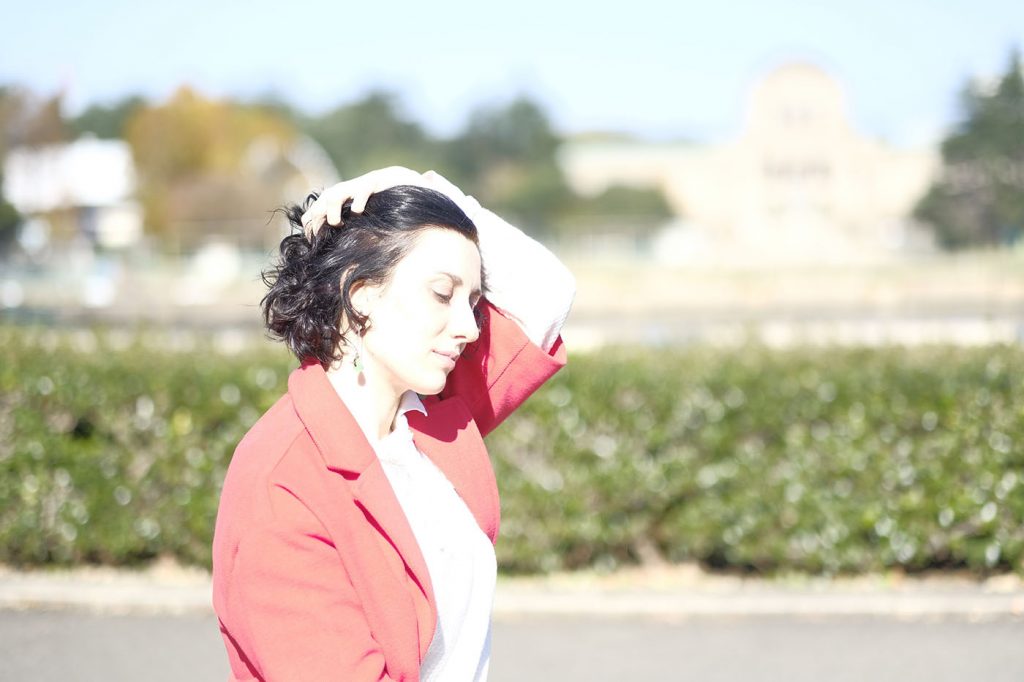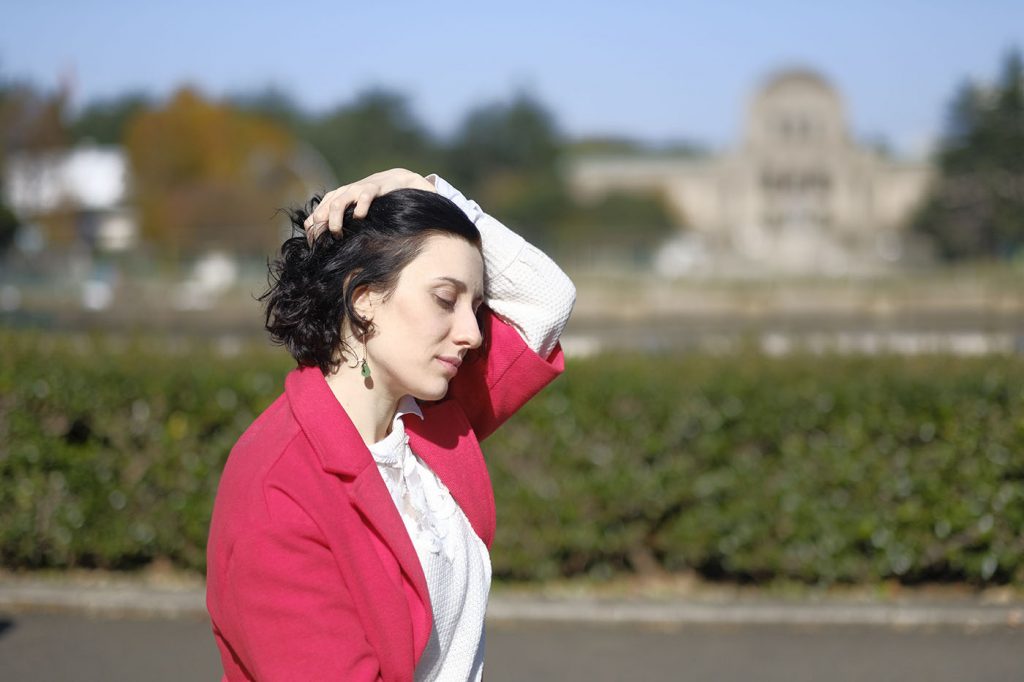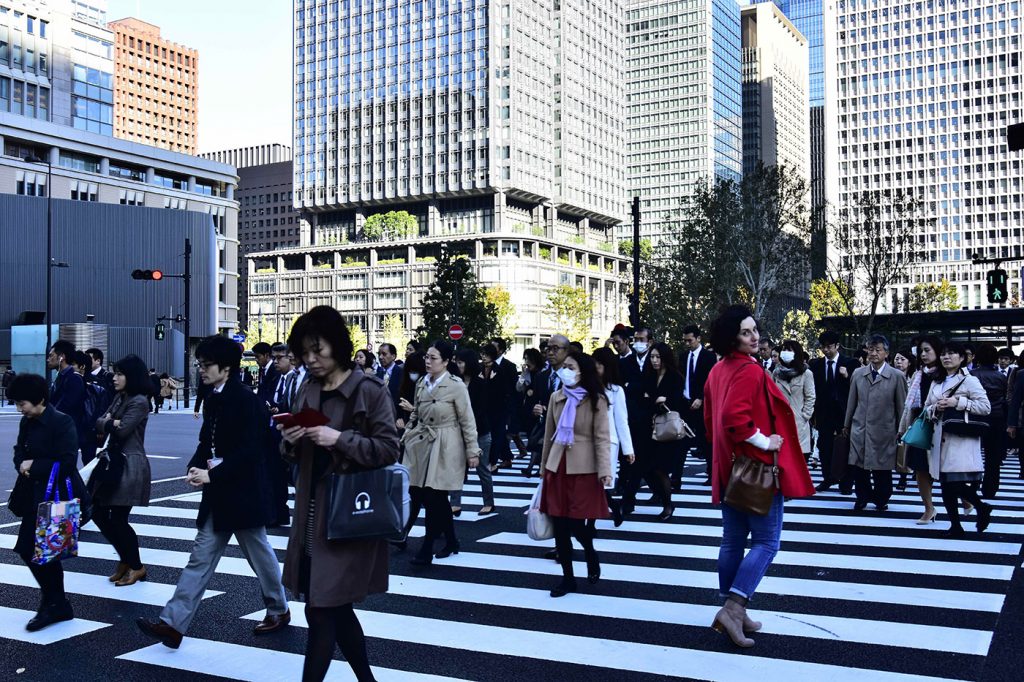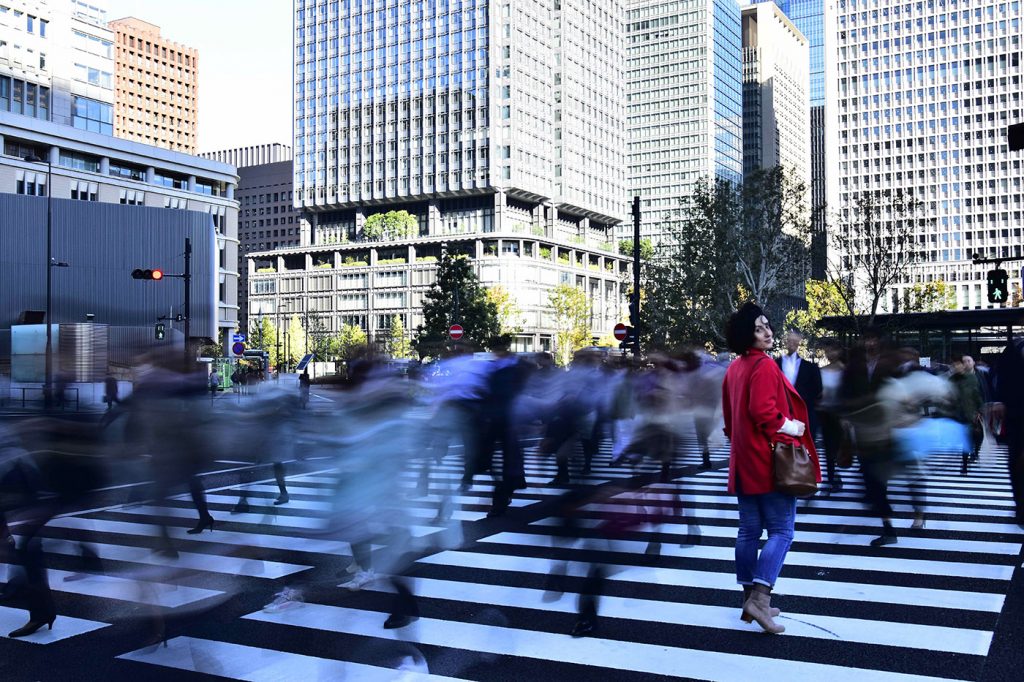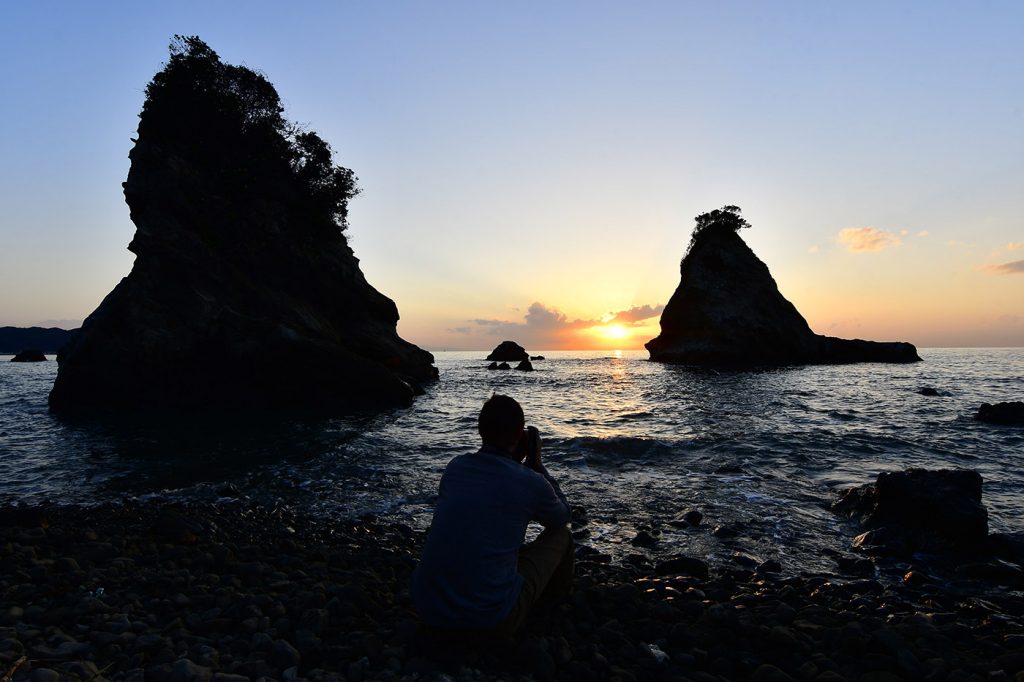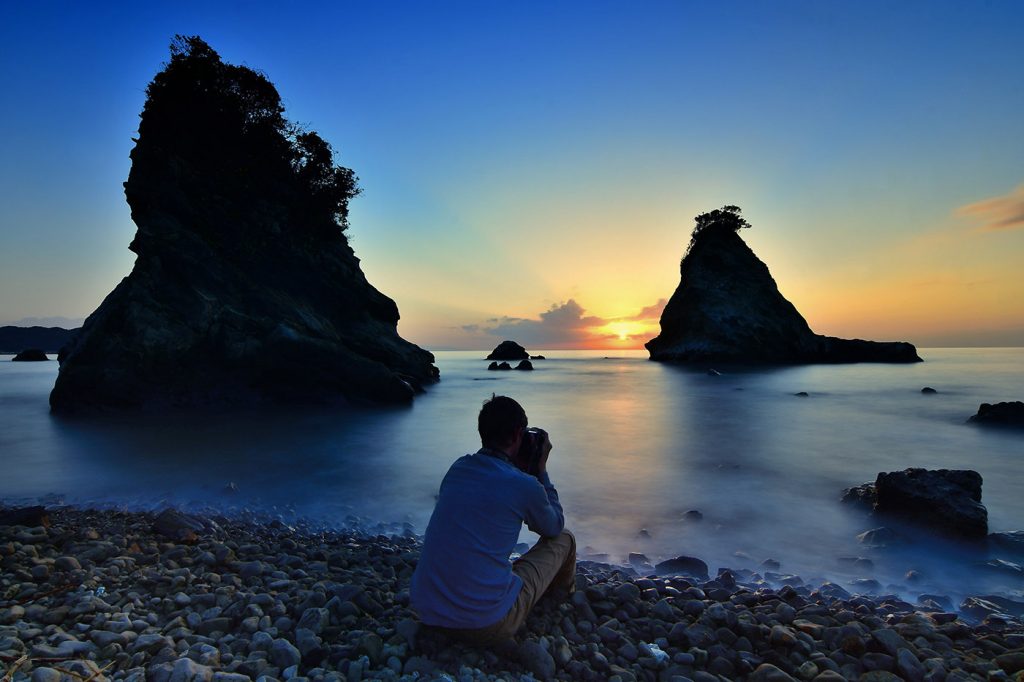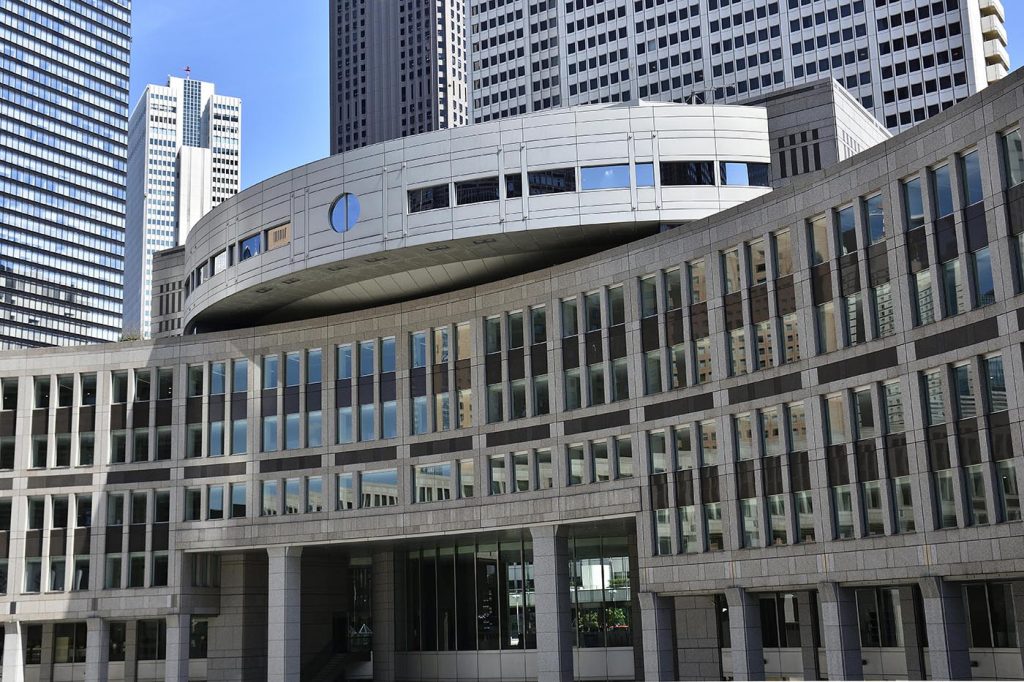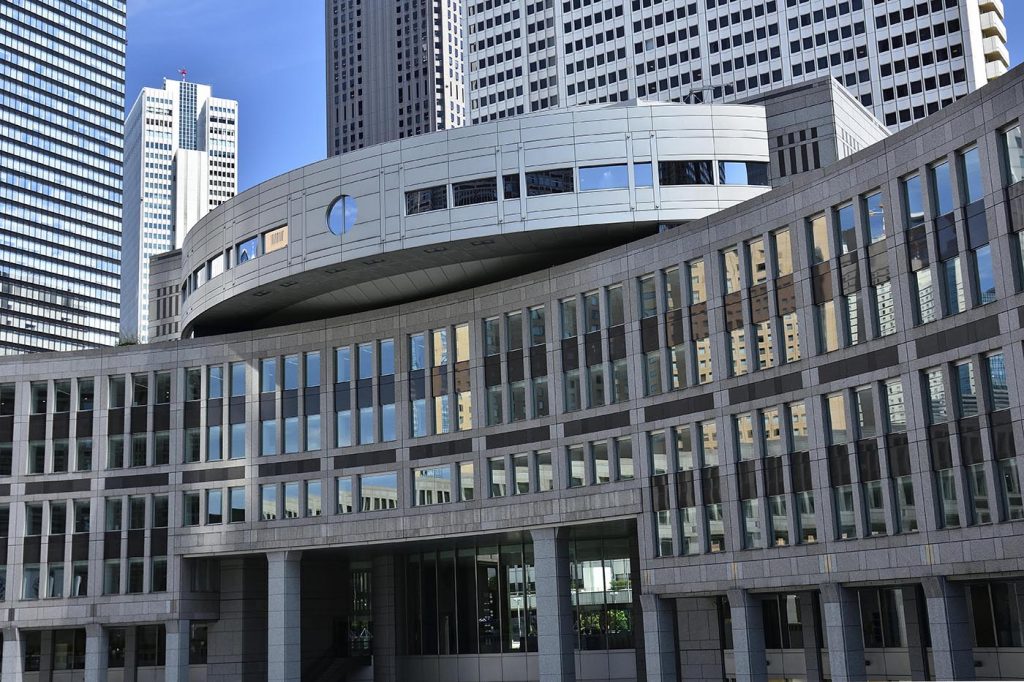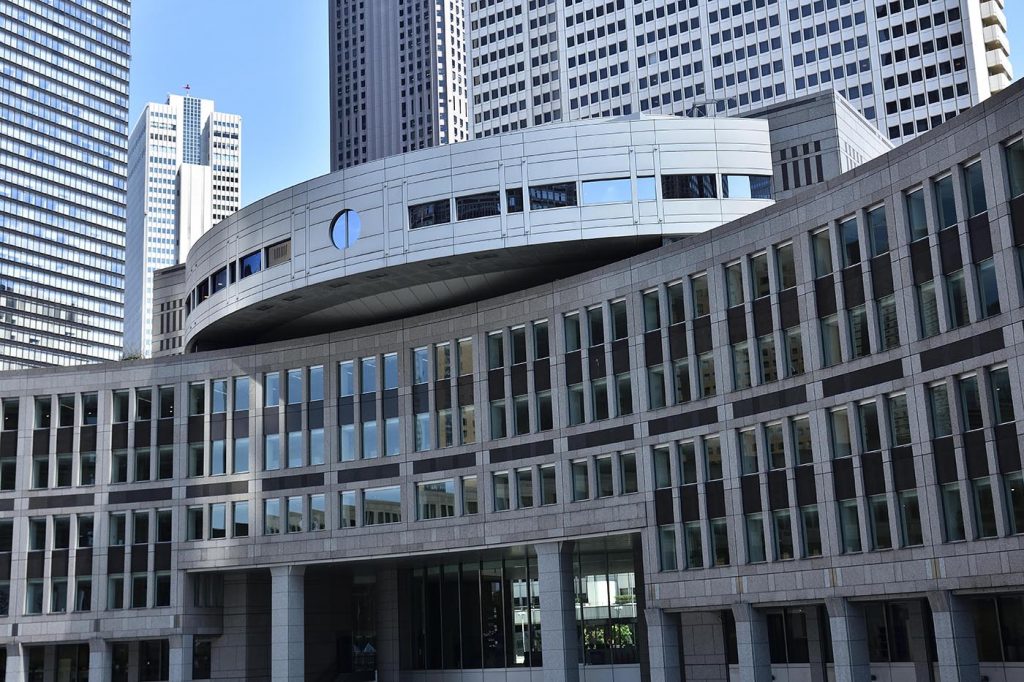Kenko Filter Tips
Neutral Density (“ND”) filters are an effective photographer’s tool that is used to control light. ND filters may be divided into Light ND, Middle ND and Deep ND categories for better understanding of principles of utilization.
Light ND filters aim to achieve shallow depth of field provided by super-fast lenses on a bright sunny day while keeping optimal exposure settings. Medium ND filters create motion in everyday life and Strong ND filters are great to create a futuristic world that cannot be seen by human eye.
Light ND Filters: ND4, ND8, ND16
To achieve shallow depth of field and take advantage of fast prime lenses, Light ND filters are used to control the light. The shutter speed of the first image exceeds 1/8000s, that is above the limit for mechanical shutter of Fujifilm XT-2. The shutter was slowed by use of a ND4 filter while keeping the aperture at F1.2. Thus, the bokeh of the lens at F1.2 was preserved and the exposure properly adjusted.
Medium ND Filters: ND32, ND64, ND100, ND200
To create motion in everyday life, the shutter speed was reduced from 1/160s to 0.6s by use of a Medium ND200 filter while keeping the aperture at F5. Thus, motion was created by the movement of the people. Of course, our model was stationary.
Strong ND Filters: ND500, ND1000, ND100000
To create a futuristic world, we slowed the shutter speed down to 30s using a strong ND1000 Filter to blur the movement of water and to saturate the colours.
You can enhance your images with Circular Polarizer filters (“C-POL”), too! By simply rotating the filter, the C-POL’s impact on the image is changed.
In the first image below, there are unwanted reflections on every window glass of the building. With the addition of a C-POL filter at maximum effect, reflections are eliminated from the building’s window glass.
Most photographers only use the C-POL filter at maximum effect to eliminate reflections from metallic or water surfaces. However, the filter affords the opportunity for creativity. There are cases when some reflections are wanted but needed to be controlled. By rotating the filter away from its maximum effect, image 3 shows that a C-POL filters will broaden the range of photographic expressions. Reflections on the window glass are enhanced and one can clearly see the strong reflections of another building.
For more information to enhance your photography, go to kenko-global.ca to view all of Kenko’s filters and accessories.



